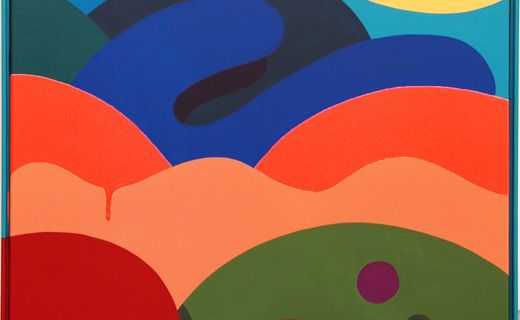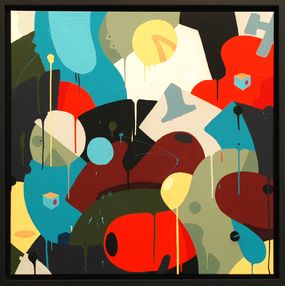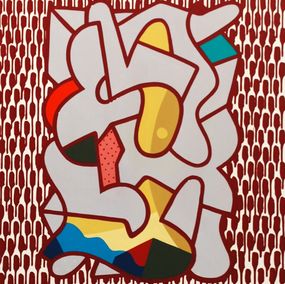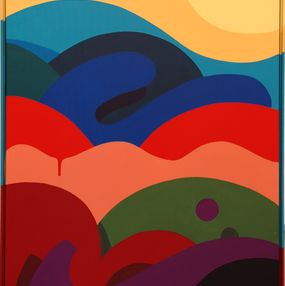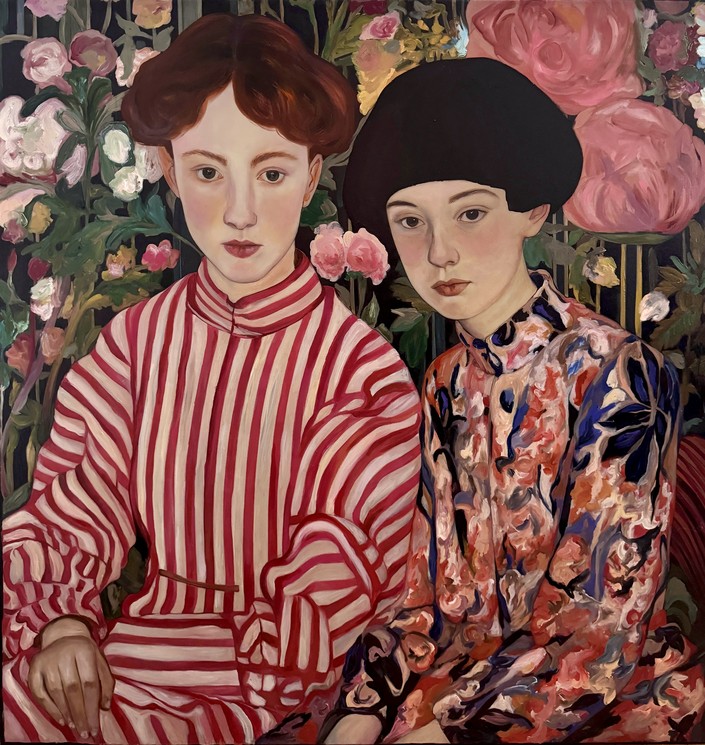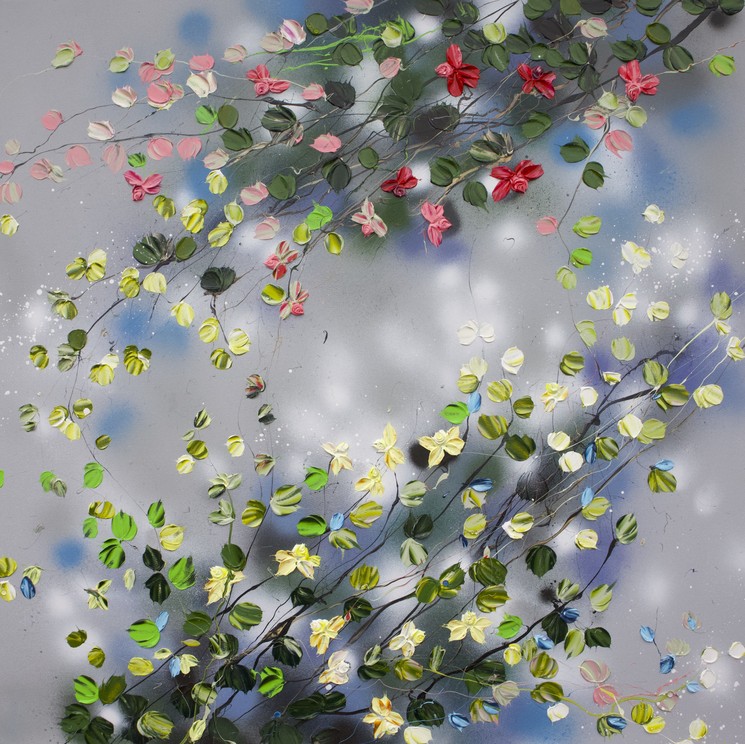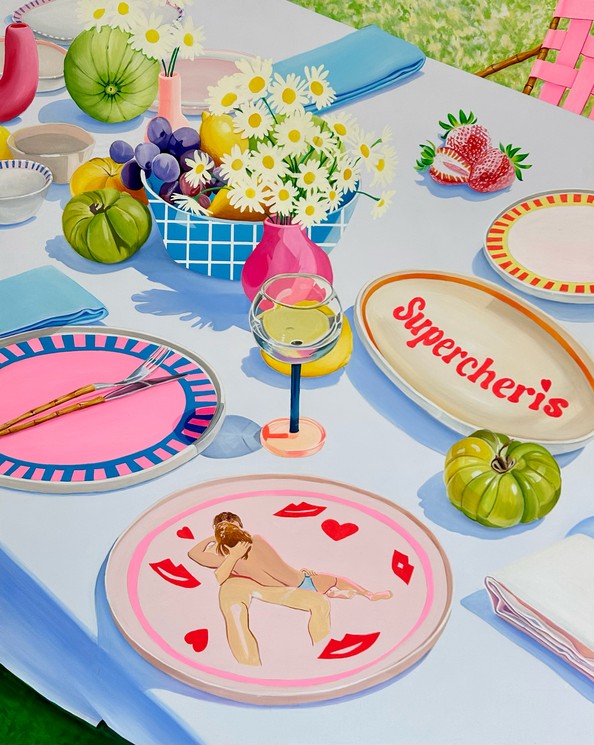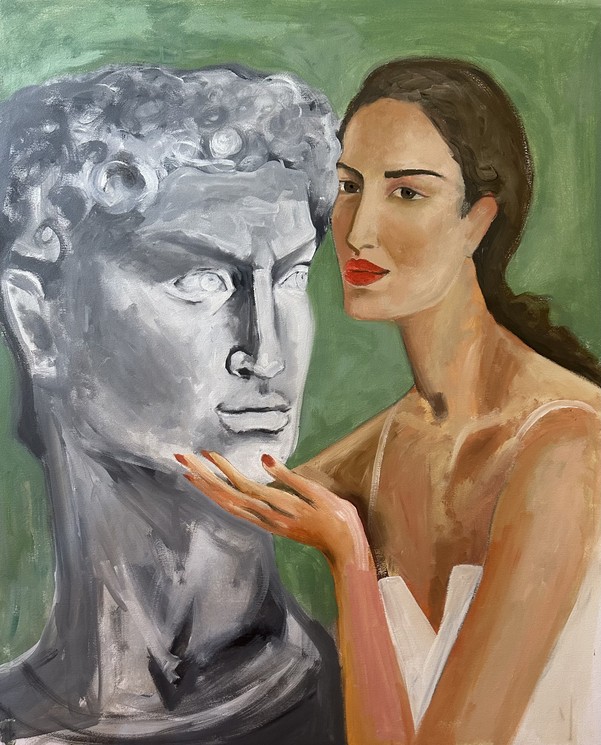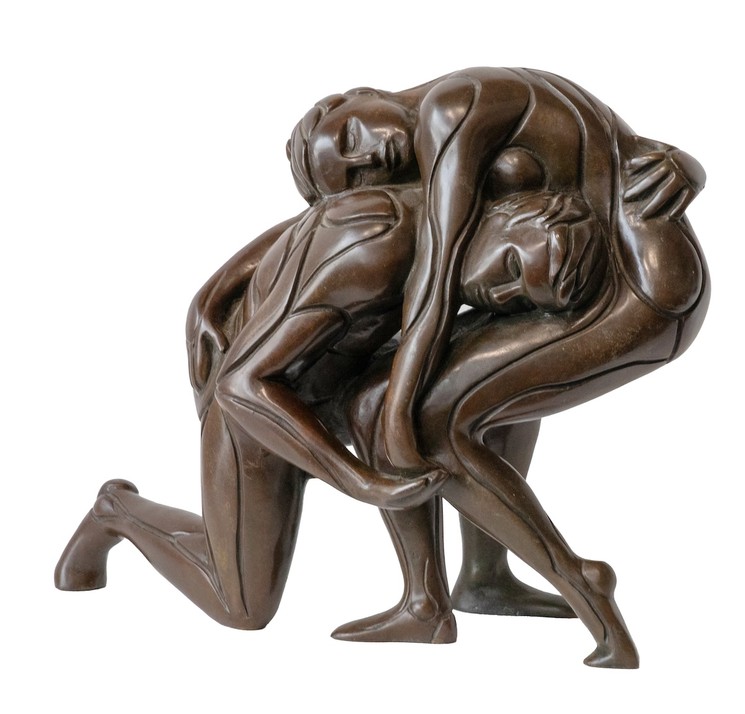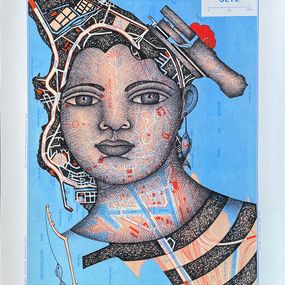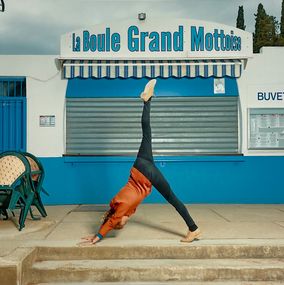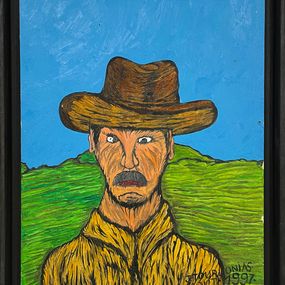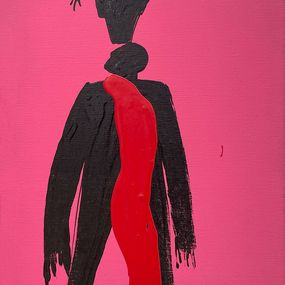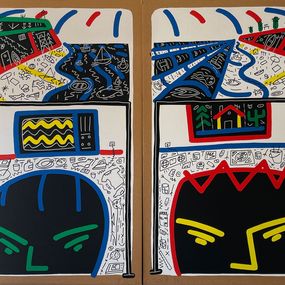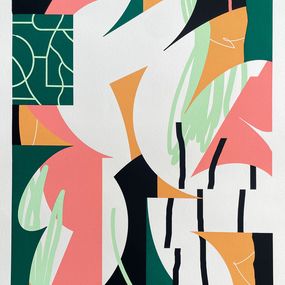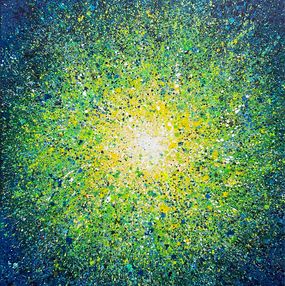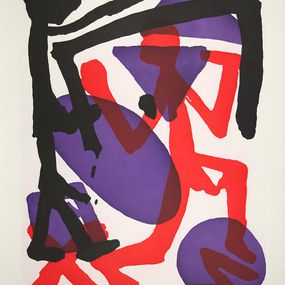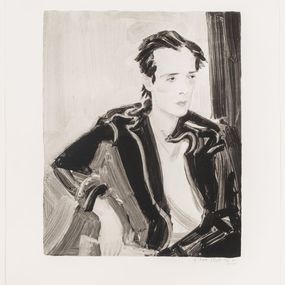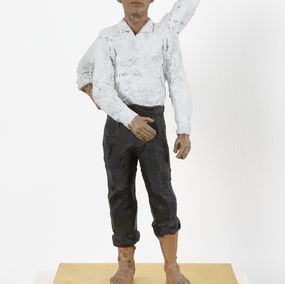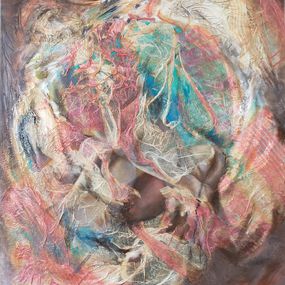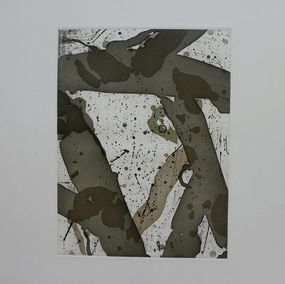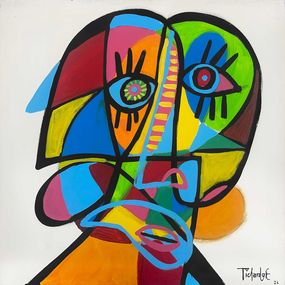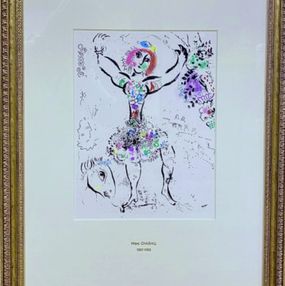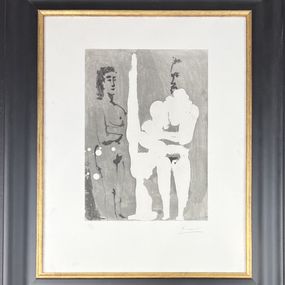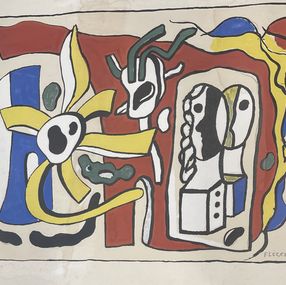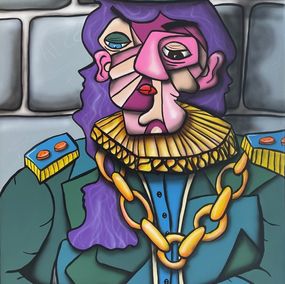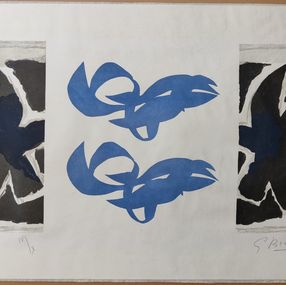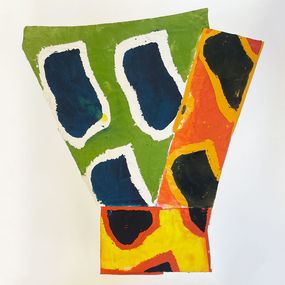
-
Featured Artists
The artists you should be keeping an eye on
Spotlight on Le Réservoir.
Discover artworks our collectors love
-
Featured Galleries
Discover our selection of galleries

Laura I. Art Gallery
London, United Kingdom
Explore Laura I. Gallery, an award-winning art space in East London, inaugurated in 2016 by Mayor Sadiq Khan and Dagenham Council Leader Darren Rodwell. At Laura I. Gallery, we believe in the transformative power of art to bring about positive change and foster connections across diverse communities. Our core values of integrity, passion, skill, and dedication are reflected in every piece we exhibit. We celebrate diversity in race, gender, nationality, and creed, united by our shared humanity and the universal language of art.
Our mission is to bring this vision to a broader audience, showcasing the groundbreaking work of our founder, Laura Iosifescu, alongside exhibitions from some of today’s most talented and committed artists. Located in the heart of London’s vibrant East End, Laura I. Gallery hosts a series of ambitious and innovative exhibitions. We also facilitate critical engagement sessions where artists, art professionals, and visitors discuss artistic practice, the creative journey, and the relevance of art in today’s world.
In addition, we offer a variety of innovative workshops designed to help visitors explore their creative potential and rediscover hidden aspects of themselves. Immersing oneself in the creative process can be a catalyst for reflection, change, and liberation, enhancing appreciation for the work of others.
Through discussion and creative engagement, we aim to make art more accessible and highlight its significance in our lives. Emphasizing high quality and uniqueness, Laura I. Gallery specializes in representing and promoting groundbreaking art by Laura Iosifescu and other distinguished artists. We support professional artists from diverse backgrounds and cultures, showcasing their ambitious visions and technical excellence to inspire audiences and demonstrate that creativity knows no bounds.
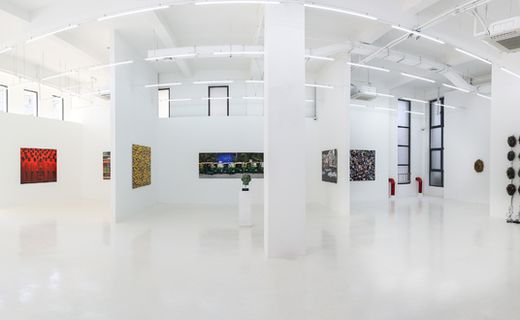

Crush of the Month: Our Team's Favorites in March
Cubism
Artsper, a world leader in online contemporary art sales

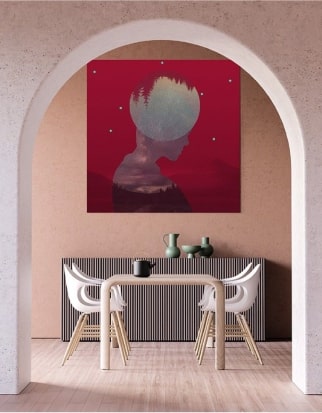
Selection
Our experts select the best contemporary art galleries.
Negotiated lower prices
Artsper develops long-term, trustworthy relationships with its 1800+ partner galleries.
Secure payments
You can order safely by credit card, Paypal or bank transfer.
-
Current collection
Bronze Sculpture
The technique used in the creation of bronze sculptures has changed very little since Antiquity. The sculptor begins by fashioning the subject in wax, then covers it with clay, pours on the bronze, an alloy of copper and tin, then breaks open the terracotta, leaving only the bronze object behind. Highly valued by sculptors, bronze is a robust and resistant material that fairs well outside. Using wax to create the initial mould allows for a high level of detail on the final sculpture, unlike steel sculpture. Certain nuances in color can be produced through the use of patinas. These qualities explain why bronze is one of the oldest materials to be used by humans. Indeed, bronze tools were used in Mesopotamia, Egypt and China around 2800 BC. In Mesopotamia, near to present-day Iran, bronze was used to depict animals in sacred art. In Egypt, it was was used to personify the gods, and also to create small sculpture statues placed in the tombs of the deceased. However, it was Ancient Greece, where craftsmen began to sculpt human figures and deities with remarkable realism, that gave bronze its prominent place in the history of art. Many pieces of work were imported to Rome, where the production of bronze sculptures developed. Bronze sculptures soon began to decorate the theatres and the homes of the rich. Admiring the skills of the Greeks, the Romans began ordering sculptures from merchants and craftsmen, who made copies of the moulds of the statues. With the birth of Christianity, evangelisation and the building of churches became the priorities, and bronze creations were replaced by stone sculptures for decorating churches. It was only in the 14th century that masterpieces were rediscovered during excavations of Italian archaeological sites. A century later, Brunelleschi and Ghiberti set the Renaissance in motion by decorating the doors of the Florence Baptistery in bronze. Donatello, inspired by ancient Roman sculpture, was the first to excel in the art of expressing emotions through bronze sculptures, followed by Verrocchio, his pupil (and master of Leonardo da Vinci). Although the practice spread throughout Europe, it was mainly focused in Italy, where sculptors competed to obtain the most convincing results. During the 16th century, the Flemish Jean de Bologne established himself as the undisputed master of bronze. He was the most copied artist in the 17th century, and it is partly due to him that the bronze sculpture spread across Europe. In Italy, production of bronze sculpture was fairly constant, irrespective of the period. In France, on the other hand, this technique depended on the political regime. When Louis XIV invited sculptors to his court (essentially to decorate Versailles) demand for bronze reappeared as a form of courtly art. Bronze sculpture underwent a resurgence during the 19th century, with Rodin and Camille Claudel, and then with Cubism and the Art Deco movement. Bronze is an expensive, heavy material and costly for collectors to buy and its use has become less prevalent in the 20th and 21st centuries, but some artists use it nonetheless: Giuseppe Penone, Alberto Giacometti with his strange silhouettes, the compressions of César Baldaccini, Philippe Pasqua's butterflies and still life sculpture can all be seen on Artsper!

